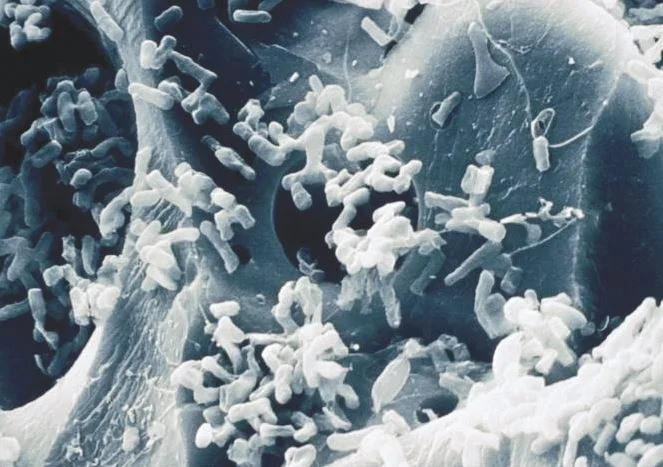Students will expand their understanding of chlorine demand by participating in an experiment. Students will learn about the Guidelines for Canadian Drinking Water Quality guideline for total chlorine. Students will learn how to perform calculations involving concentration, volume and dilution factors.
Lesson Three: Ammonia and Chloramine
Students will learn about the sources of ammonia in ground water, the consequences of high ammonia concentrations in water supplies, and the manner in which these problems are usually dealt with. Students will learn about biological filtering as a way to use bacteria to remove ammonia from water. Students will learn about the chemical reaction between chlorine and ammonia which results in the creation of chloramine and will learn about chloramine. Students will be able to demonstrate calculations involving concentrations, volumes and dilution factors.
Lesson Five: Consequences of Inadequate Drinking Water Treatment
Students will expand their knowledge of the problems caused by ammonia in drinking water sources. Students will investigate the quality of their local water and that of a number of samples from the surrounding area. Students will act to help any communities which are found to have improperly disinfected drinking water.
Lesson Six: Removing Iron from Drinking Water
The students will learn about the problems associated with iron in drinking water. Students will learn about the chemical states of iron. Students will learn about removing iron from water using biological treatment processes. Students will gain an appreciation for the use of natural processes to perform tasks that would otherwise require chemicals.





